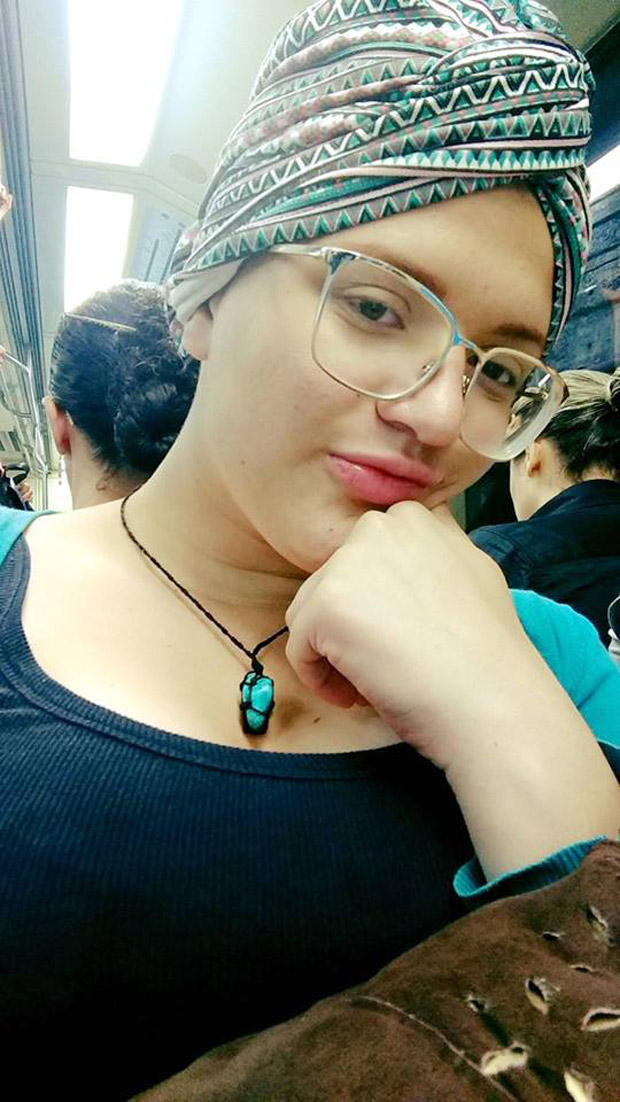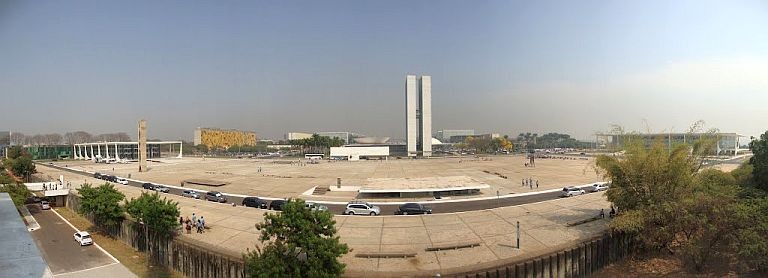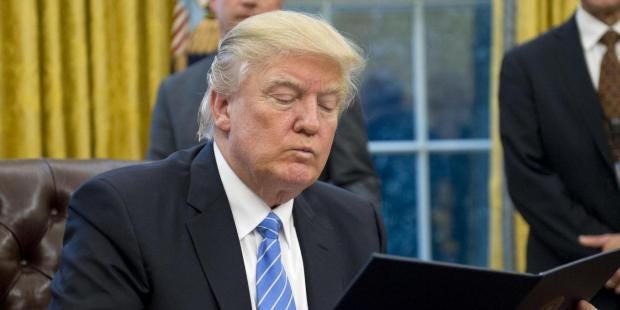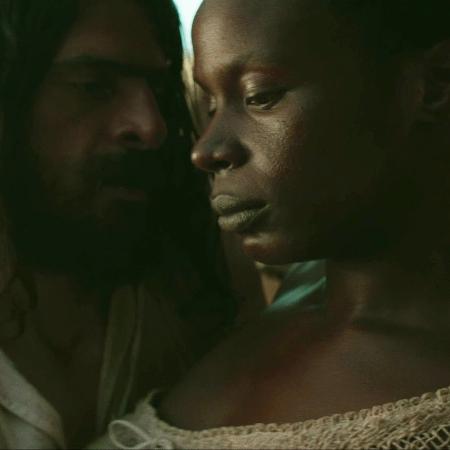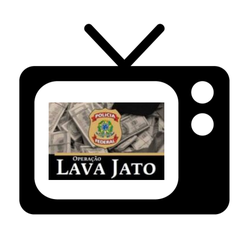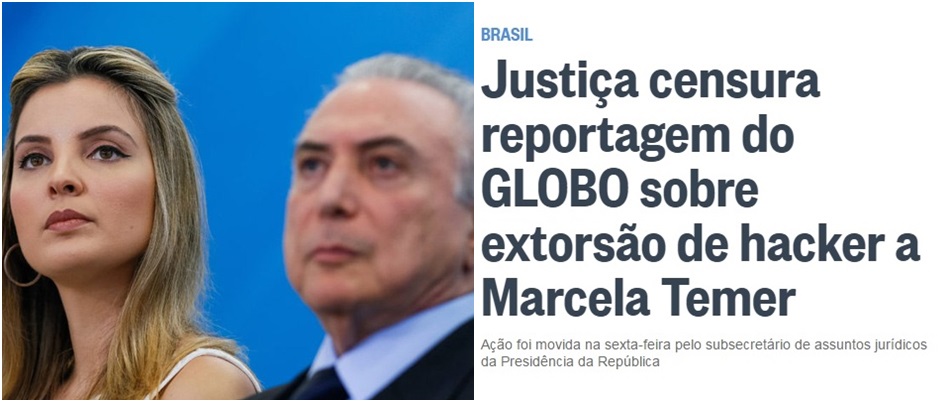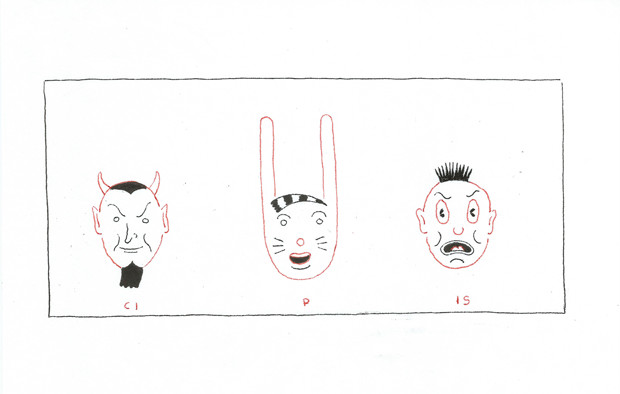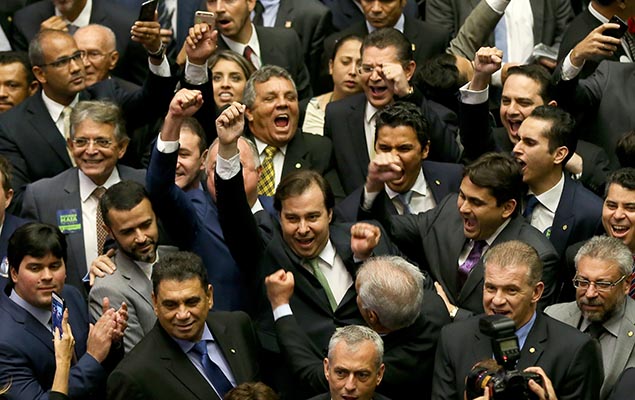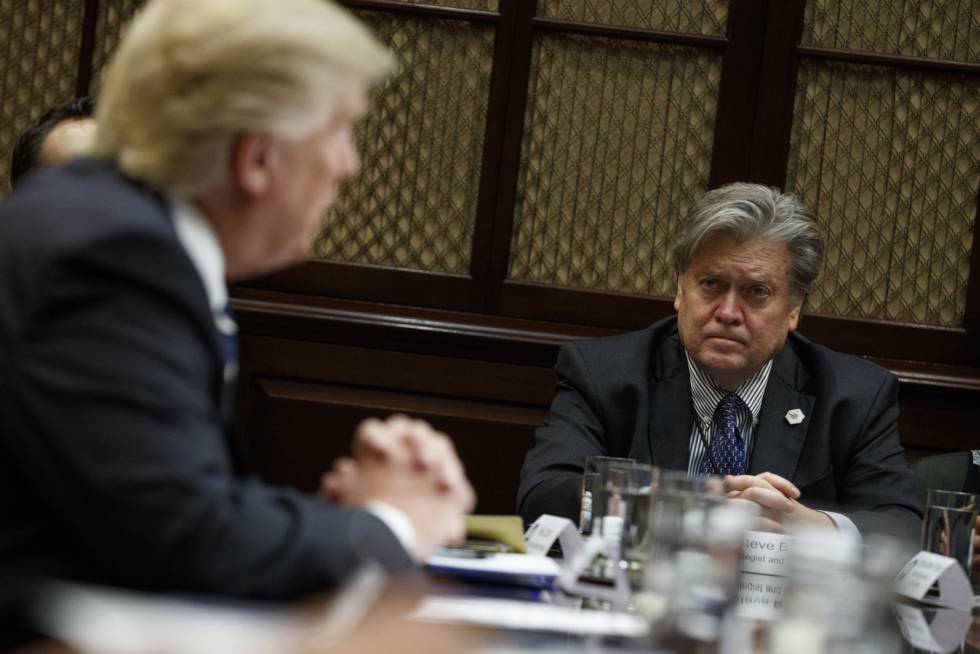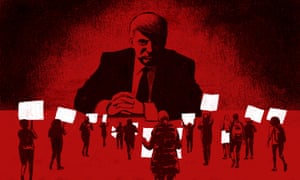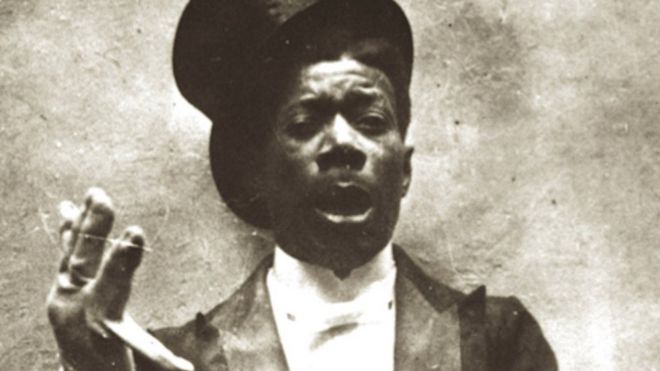"
Since
November 9th, we’ve heard a lot of talk about unreality, and how what’s
normal bends when you’re in a state of incipient autocracy. There’s
been a lot written about gaslighting (lies that make you feel crazy) and
the rise of fake news (hoaxes that displace facts), and much analysis
of Trump as a reality star (an authentic phony). But what killed me last
year were the jokes, because I love jokes—dirty jokes, bad jokes, rude
jokes, jokes that cut through bullshit and explode pomposity. Growing up
a Jewish kid in the nineteen-seventies, in a house full of Holocaust
books, giggling at Mel Brooks’s “The Producers,” I had the impression
that jokes, like Woody Guthrie’s guitar, were a machine that killed
fascists. Comedy might be cruel or stupid, yet, in aggregate, it was the
rebel’s stance. Nazis were humorless. The fact that it was mostly men
who got to tell the jokes didn’t bother me. Jokes were a superior way to
tell the truth—that meant freedom for everyone.
But
by 2016 the wheel had spun hard the other way: now it was the
neo-fascist strongman who held the microphone and an army of anonymous
dirty-joke dispensers who helped put him in office. Online, jokes were
powerful accelerants for lies—a tweet was the size of a one-liner, a
“dank meme” carried farther than any op-ed, and the distinction between a
Nazi and someone pretending to be a Nazi for “lulz” had become a blur.
Ads looked like news and so did propaganda and so did actual comedy, on
both the right and the left—and every combination of the four was
labelled “satire.” In a perverse twist, Trump may even have run for
President as payback for a comedy routine: Obama’s lacerating takedown
of him at the 2011 White House Correspondents’ Dinner. By the campaign’s
final days, the race felt driven less by policy disputes than by an
ugly war of disinformation, one played for laughs. How do you fight an
enemy who’s just kidding?
Obama’s
act—his public revenge for Trump’s birtherism—was a sophisticated
small-club act. It was dry and urbane, performed in the cerebral persona
that made Obama a natural fit when he made visits to, say, Marc Maron’s
podcast or Seinfeld’s “Comedians in Cars Getting Coffee.” In contrast,
Trump was a hot comic, a classic Howard Stern guest. He was the insult
comic, the stadium act, the ratings-obsessed headliner who shouted down
hecklers. His rallies boiled with rage and laughter, which were hard to
tell apart. You didn’t have to think that Trump himself was funny to see
this effect: I found him repulsive, and yet I could hear those comedy
rhythms everywhere, from the Rodney Dangerfield “I don’t get no respect”
routine to the gleeful insult-comic slams of Don Rickles (for “hockey
puck,” substitute “Pocahontas”) to Andrew Dice Clay, whose
lighten-up-it’s-a-joke, it’s-not-him-it’s-a-persona brand of misogyny
dominated the late nineteen-eighties. The eighties were Trump’s era,
where he still seemed to live. But he was also reminiscent of the older
comics who once roamed the Catskills, those dark and angry men who
provided a cathartic outlet for harsh ideas that both broke and
reinforced taboos, about the war between men and women, especially.
Trump was that hostile-jaunty guy in the big flappy suit, with the
vaudeville hair, the pursed lips, and the glare. There’s always been an
audience for that guy.
Like
that of any stadium comic, Trump’s brand was control. He was
superficially loose, the wild man who might say anything, yet his
off-the-cuff monologues were always being tweaked as he tested
catchphrases (“Lock her up!”; “Build the wall!”) for crowd response. On
TV and on Twitter, his jokes let him say the unspeakable and get away
with it. “I will tell you this, Russia, if you’re listening—I hope
you’re able to find the thirty thousand e-mails that are missing,” he
told reporters in July, at the last press conference he gave before he
was elected. Then he swept his fat palm back and forth, adding a kicker:
“I think you will probably be rewarded mightily by our press.”




